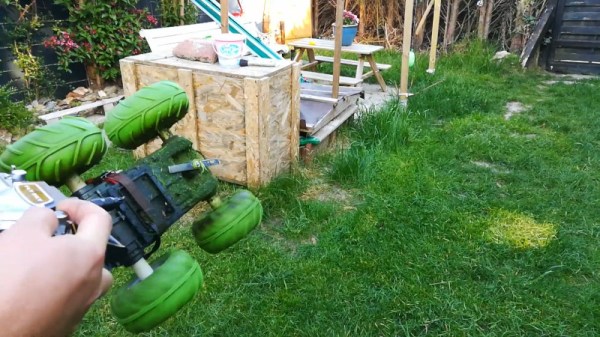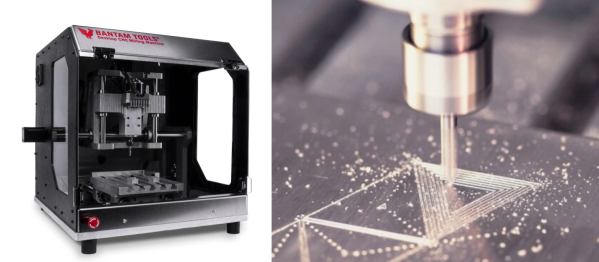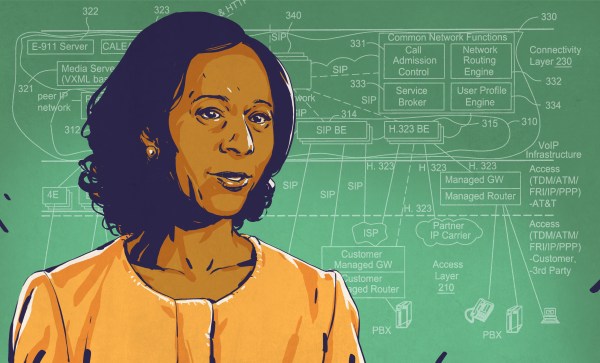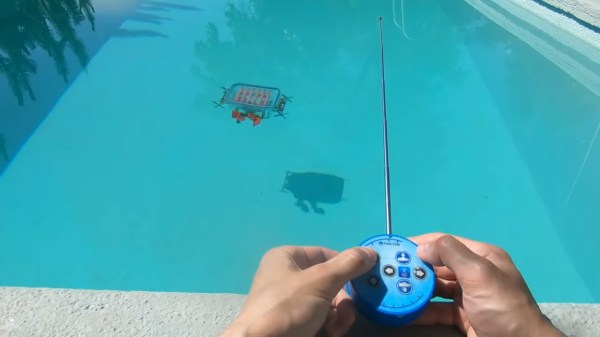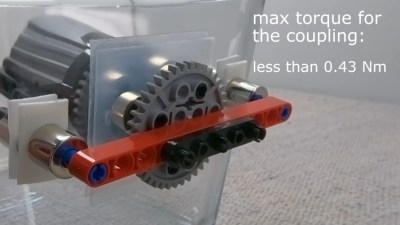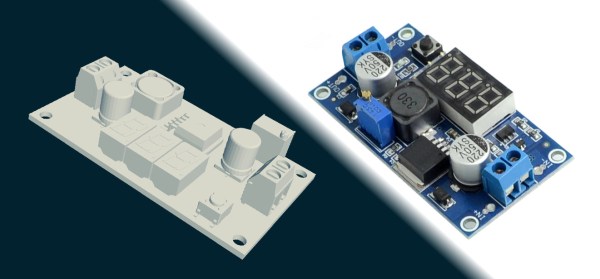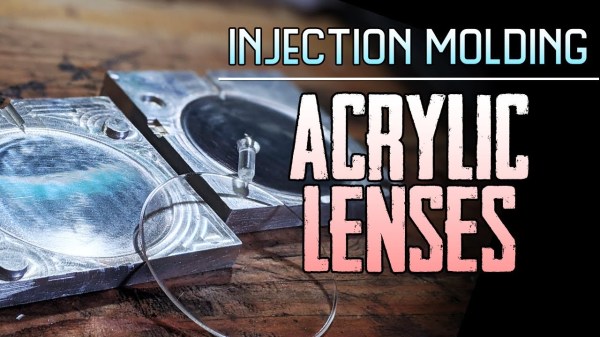When we think of lawn mowers, our first thought is of heavy, rusty old machines that take the best part of an afternoon to get started. Of course, there’s always another way, as [Mark] ably demonstrates with his own build.
Beginning from an unconventional starting point, [Mark] chose a remote control car, of the type that can flip and drive in both orientations. Having lost the controller, he started by ripping out the original electronics. In its place, an ESP32 receives signals from a FlySky RC receiver, and runs the drive motors with a Sparkfun Monster Motor Shield. Another channel on the receiver is hooked up directly to a drone speed controller driving a brushless motor, outfitted with a sawblade to cut the grass.
It’s a small platform, and one that ordinarily you might doubt could do the job. However, for [Mark]’s purposes, the rig works just fine, and has been doing good work for the last two years! We’ve seen mowers hacked before too, like this autonomous rig out in the wild. Video after break.

